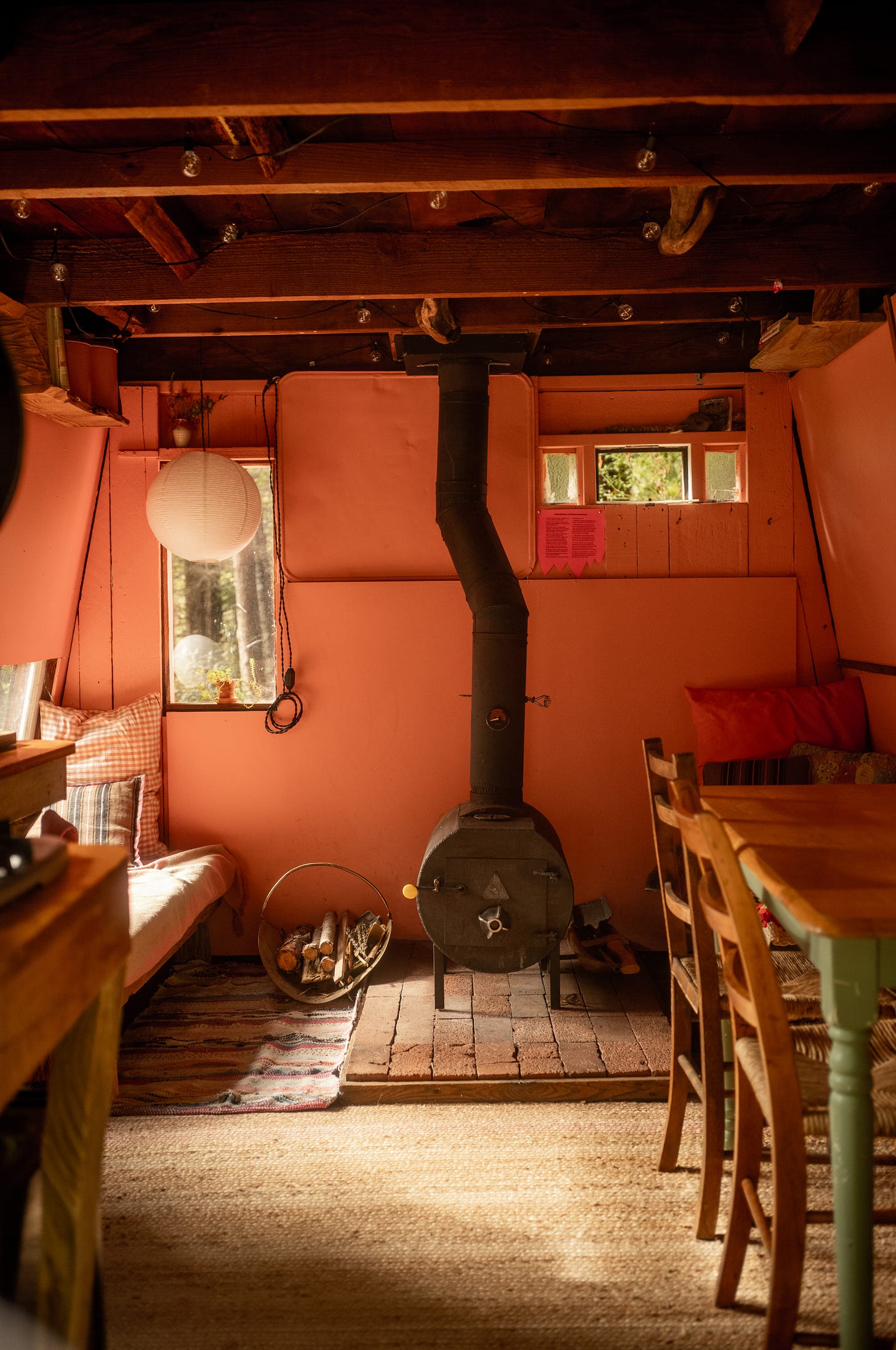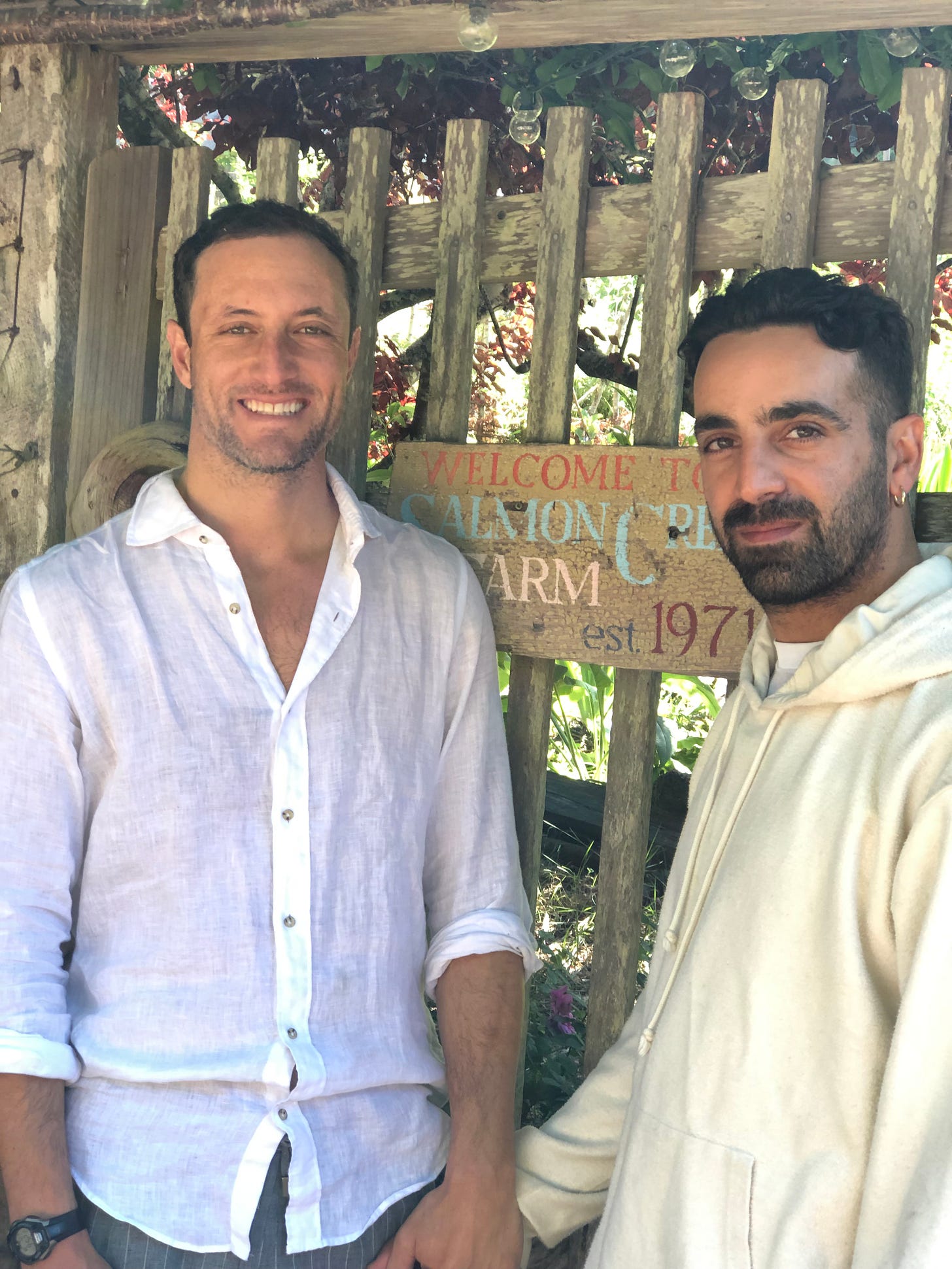I first visited Mendocino and Salmon Creek Farm in 2019 with my husband Jay Ezra Nayssan, and never could have imagined the ripple effect my time there would have on me and my career. Fast forward six years with dozens of visits to Salmon Creek Farm, and I now own a home on the Mendocino coast 20 minutes away, and am channeling River cabin as I convert the garage of my home in Santa Monica into a medical clinic. Just how much can I fit into this small of a space?
When you’ve spent the vast majority of your life in school, medical residency, or working throughout a pandemic, Salmon Creek Farm falls so far outside of your realm of existence that it really has a way of changing you. And maybe even more so when you’ve been working inside the sterile container of a bureaucratic public health institution for the past 10 years. But when I decided to make a pivot in my career and open a Direct Primary Care medical practice, a health care model that is probably the antithesis to my practice at UCLA, I resourced the longitudinal experiences I’ve had at SCF.
Direct primary care is a model that takes the money and control away from the larger medical industrial complex, and places it directly into the hands of the physician and the patient. This is not a fee for service concierge practice, in fact the model raises the essential question of “how can we provide the best medical care for patients, and make it affordable.” We all know that the United States ranks near the bottom of industrialized nations in health outcomes, and yet we spend more per capita. One of the last patients I saw in my clinic before I left UCLA was charged $864.35 for a 12 minute visit with me. I changed a few blood pressure medications and drew some labs, and because he had a high deductible insurance plan, he was asked to pay $864.35. Don’t worry, I was able to cancel the charge, but to put this into perspective, I would maybe get paid $50 for that visit. The rest of the profit goes to a million other people including the billers at UCLA and the insurance company, the CEO of the insurance company and the UCLA healthcare enterprise, and the clerical staff across all of these businesses.

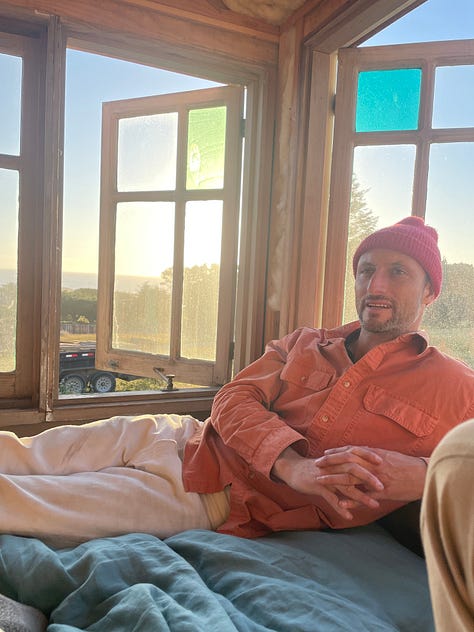
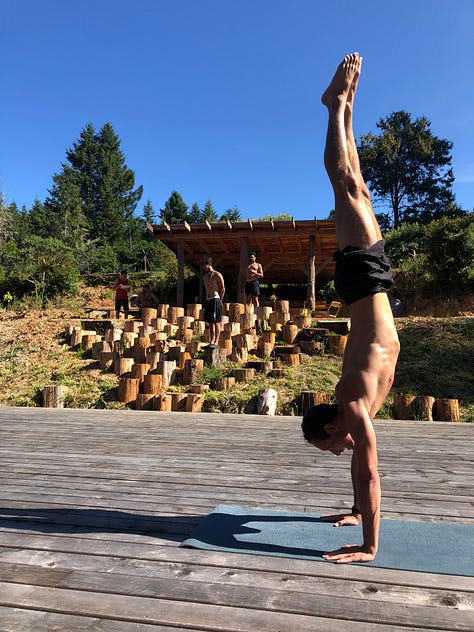
What’s most absurd about our current healthcare model is that the sicker the patient is, the more they get charged and technically the more I earn. If that same patient also had diabetes and heart failure, which so many Americans do, they would have been charged a level 5 visit and asked to fork over $1200. And instead of me getting paid $50, I would have been paid $75. But the literal chains of the system are so strong and as physicians we get so committed to changing the system from within and doing good for our patients, that we end up being locked into it. The reality is, however, that we are just adding fuel.
Direct primary care is a revolution in how we provide healthcare. Patients essentially pay a minimum monthly fee to have unlimited access to the physician, and instead of the physician ordering medications or labs through the insurance company, they order directly through a lab or a manufacturer for negotiated rates. People have the misconception that insurance saves you money, but anytime you are working through insurance, they are profiting. It is their business after all. A set of labs where insurance pays $300 of a $400 bill makes you feel like you’re grateful for having insurance. But that same set of labs would cost you $30 if you had the negotiated rate a direct primary care physician offers. And just so you’re aware of it, the insurance company also only paid $30, but because they sent you a bill for $100 (and you’re grateful), they ended up making $70 off of you.
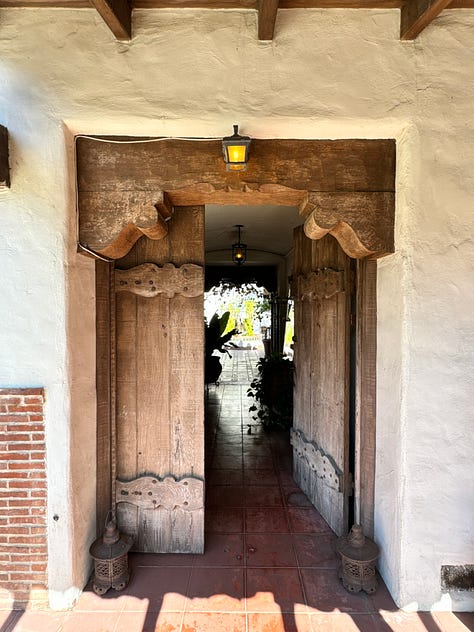
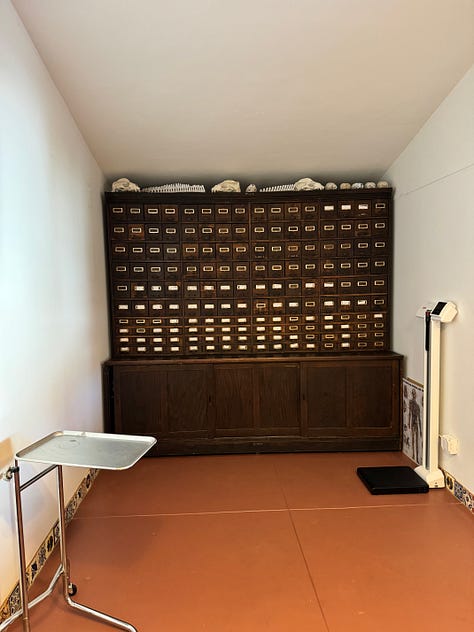
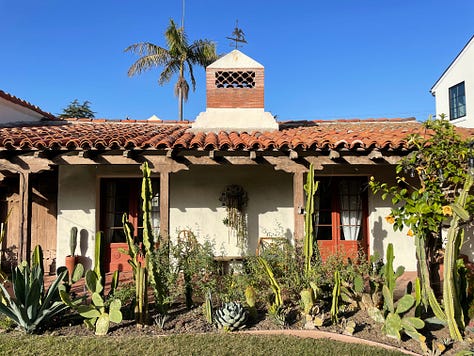
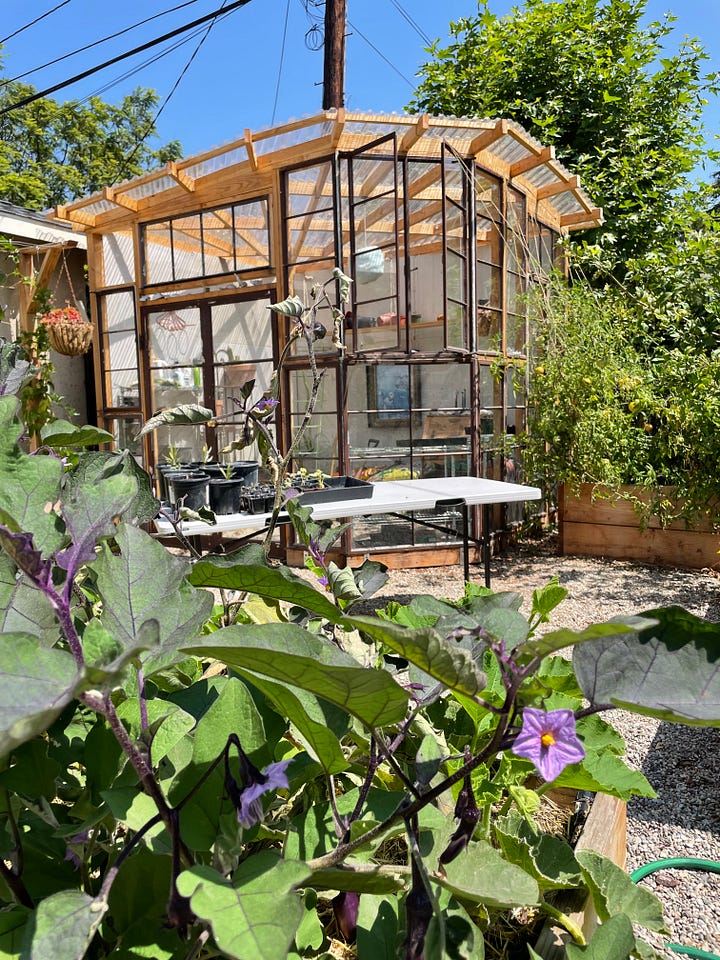
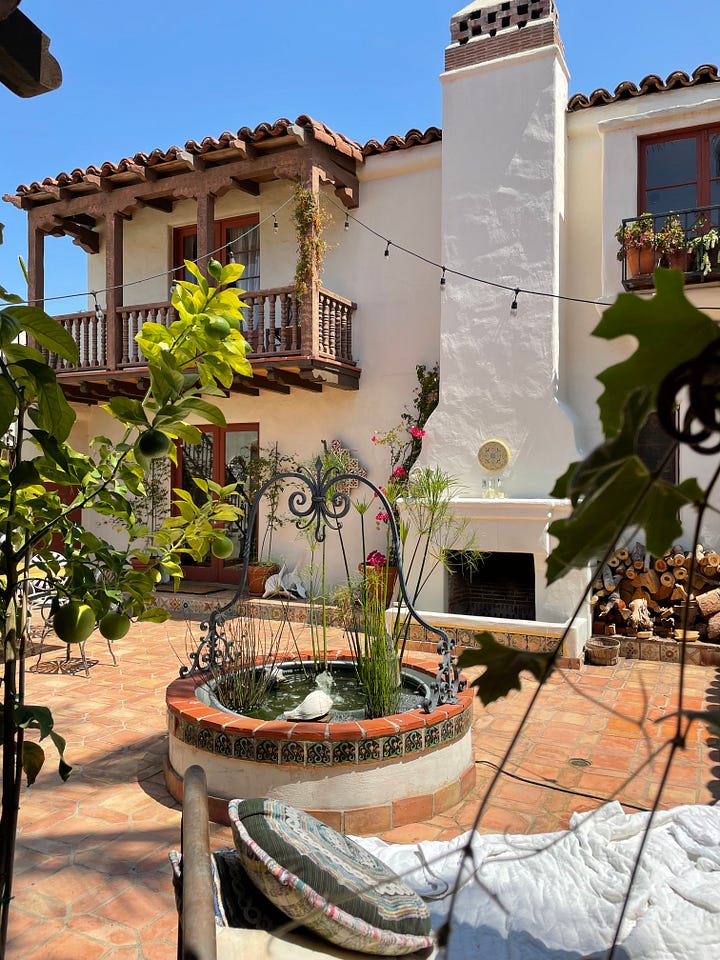
What does it take to live on the land, with others, in a wooden cabin that was built 50 years ago by a teenager? What does it take to make your life an art practice and your art practice your life? The parallel question for me is “what does it take to continue serving others as a physician but within a model of healthcare that is affordable, equitable and also antithetical to our current system?”. And to take this question even further, what type of space do I need to provide primary care? Does it have to be a white box that raises your blood pressure the moment you set foot under fluorescent lights, where you are immediately lost in the hallway and have no sense of direction other than wanting to leave.
What if the space was nurturing and warm and you felt settled, a place where you could speak your heart and maybe get to the root cause of illness without rushing to get you a pill and pushing you out the door. Where the space also afforded a feeling of health optimization and not catastrophic sterility. Could this space even be in my own home, so that when my 4 year old patient splits their chin on the coffee table at 8pm, they could come to my house for a few stitches after I’ve finished dinner?
I don’t know, but I’ll find out soon- I’m opening my practice in 5 weeks!






